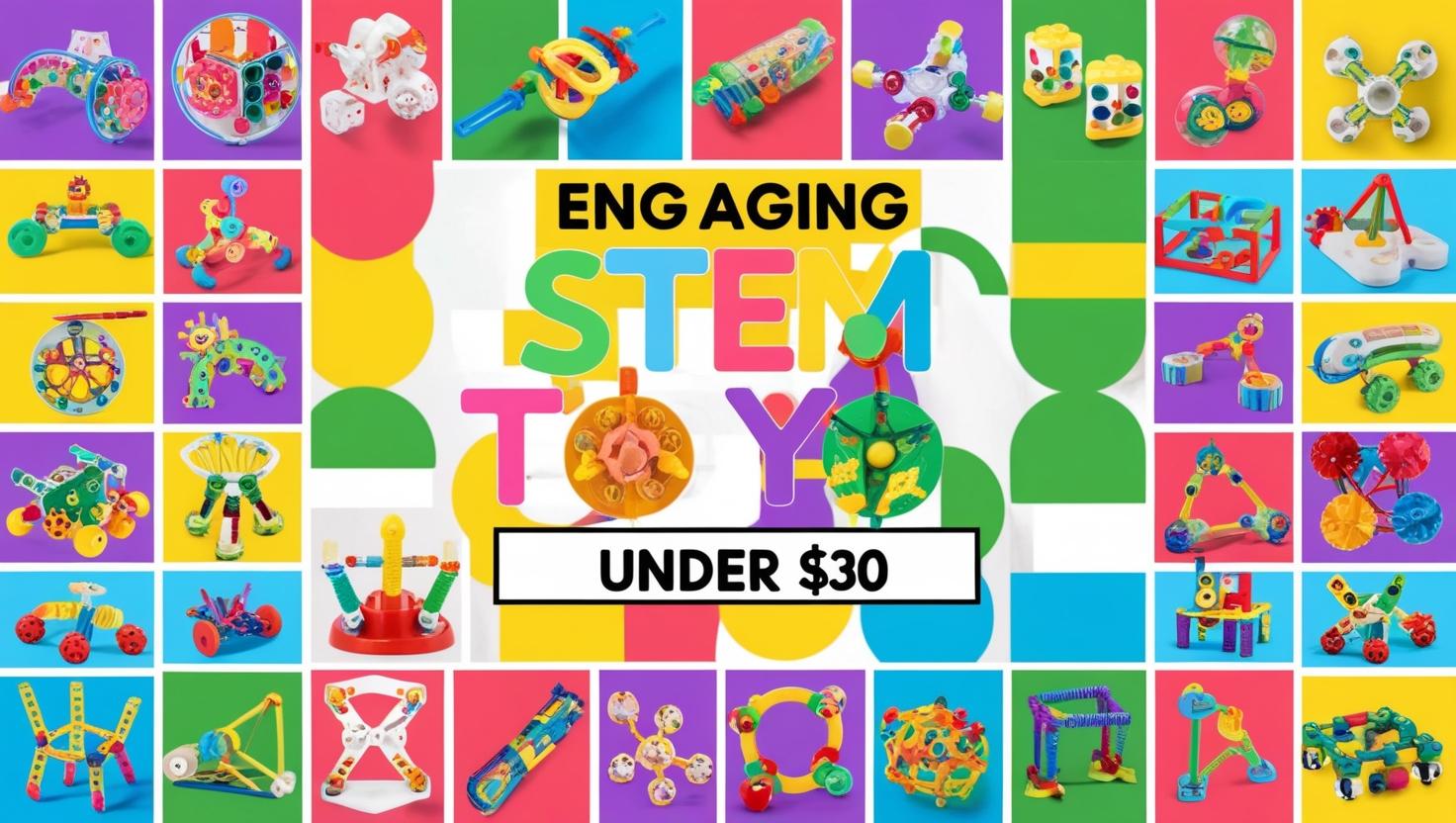Are STEM Toys Worth the Money? What We Learned After Testing 50+
STEM toys promise a lot—smarter kids, screen-free fun, future scientists in the making. But when you’re staring at a $90 robot or a $50 “learning kit” that looks like it came from the dollar store, you have to wonder: Are STEM toys actually worth the money?
After testing more than 50 STEM toys across all age groups and price points, here’s what we discovered—what’s hype, what’s helpful, and how to spend smarter.
What We Tested
Over a 6-month period, we tested 50+ STEM toys with help from:
- Parents of kids ages 3–14
- Educators and homeschoolers
- Pediatric therapists
- Kids themselves (the most honest testers of all)
We broke our testing into five key areas:
- Engagement: How long did kids play with it?
- Learning value: Did it teach actual STEM concepts?
- Longevity: Would kids come back to it again and again?
- Build quality: Did it last or break after a week?
- Value for money: Was it worth the price tag?
What We Learned
1. Price Doesn’t Equal Quality
Some of the best-rated toys in our test cost under $30, while a few $100+ gadgets lost interest after the first play session.
Lesson: Don’t assume expensive = educational. Read reviews and look at what the toy does, not just how it looks.
2. Toys With Multiple Ways to Play Offer Better Value
Open-ended toys like LEGO, magnetic tiles, and circuit kits had the highest long-term engagement. Kids kept inventing new uses—and that makes the price go a long way.
3. Kits That Teach Real Skills = Long-Term Wins
Toys that taught coding, engineering, or science skills in hands-on ways were rated highest by both kids and parents. Bonus if the toy had progressive challenges or could be reused with different outcomes.
4. Subscription Boxes Can Be Hit or Miss
KiwiCo and MEL Science were clear favorites—but only if families consistently used the kits. If your child is more of a “once-in-a-while” builder, subscriptions might not be worth it.
5. Flashy Toys Often Lose Their Shine Fast
Toys with pre-programmed features (lights, music, voice commands) were fun at first… but didn’t keep kids coming back. Toys that let kids build, experiment, or create got far more playtime.
So… Are STEM Toys Worth the Money?
Yes—when you buy smart.
STEM toys can absolutely be worth the investment when they:
- Match your child’s age and interests
- Offer open-ended or repeatable play
- Teach a real skill or concept
- Don’t rely on tech gimmicks to feel “educational”
On the flip side, overpriced toys that look cool but don’t grow with your child often end up in the donation pile fast.
Best Bang-for-Your-Buck STEM Toys (Our Top Picks)
| Toy Name | Price Range | Why We Recommend It |
|---|---|---|
| Gravity Maze | $25–30 | Boosts logic and spatial skills |
| LEGO Classic Bricks | $20–50 | Infinite building possibilities |
| Snap Circuits Jr. | $30–40 | Great intro to electronics |
| Botley Coding Robot | $50–70 | Screen-free coding, high replay value |
| KiwiCo Tinker Crate | $20/month | Hands-on STEM projects, engaging kits |
Final Advice for Parents
- Check resale value. Some popular STEM toys hold their value well—you can recoup costs if your child outgrows them.
- Think beyond “learning.” A good toy also inspires joy, creativity, and curiosity.
- Start small. Try a lower-cost kit before splurging on a high-end item.
- Avoid toy overload. Too many STEM toys = overwhelmed kids. Quality over quantity matters.





